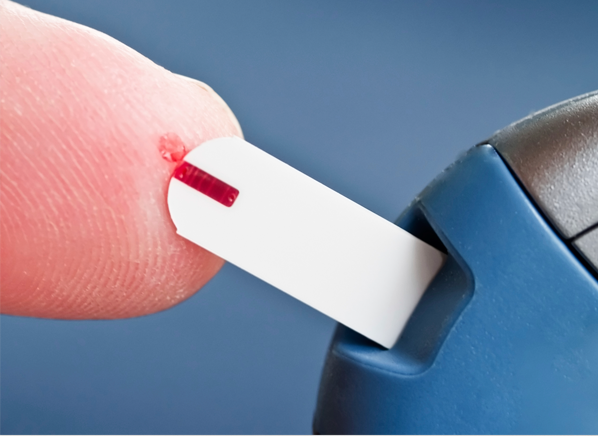mind hardware idea outline
Would we be able to impact mind hardware to treat sadness and habit?
The delight and reward framework is a standout amongst the most essential frameworks administered by the mind.
It goads us to appreciate the exercises that have added to our survival as an animal types, for example, eating, drinking, and having intercourse, so we feel roused to seek after them.
The movement of the reward framework, be that as it may, is likewise a key factor in different kinds of addictive conduct.
Presently, a group of analysts from the University of Maryland School of Medicine in Baltimore — driven by Prof. Scott Thompson, Ph.D. — has found that cerebrum areas engaged with fixation may likewise assume a job in sadness, yet in a contrary way.
The analysts, who as of late distributed their discoveries in the diary Nature, distinguished an expanded quality of signs sent between the hippocampus and the core accumbens — two mind areas that frame some portion of the reward framework — as an indication of habit.
"These two sections of the mind are known to be imperative in handling compensating encounters," notes Prof. Thompson. "The correspondence between these locales is more grounded in habit, despite the fact that the instruments hidden this were obscure," he includes.
In the current investigation, the group likewise tried another thought, specifically whether similar signs became weaker in individuals with sorrow.
"We additionally speculated that contrary changes in the quality of this correspondence would happen in wretchedness. A debilitating of their associations could clarify the imperfection in remuneration preparing that causes the manifestation of anhedonia [a loss of joy in normally pleasurable activities] in discouraged patients."
Prof. Scott Thompson
Affecting the reward framework
The specialists worked with mice, concentrating on the mind hardware that assumes a urgent job in objective coordinated conduct and endeavoring to check whether they could change its action.
To do as such, the group brought light-touchy proteins into the neurons that shape some portion of this hardware. With this strategy, the specialists would have liked to either square or lift the signs between the hippocampus and the core.
In the mice that had gotten the light-delicate protein, the analysts previously made a false reward memory by presenting them to light for 4 seconds. This implied the mice presently connected delight with the area of the light presentation.
Basically, the strategy enacted the pathway between the two districts and helped the signs transmitted between them.
Following 1 day, the scientists restored the mice to the spots where they had gotten the false reward memory, at that point presented them to light once more. This time, in any case, the objective was to close down motioning between the hippocampus and the core accumbens.
Following this examination, the agents affirmed that this pathway is urgent in remuneration affiliation. When the pathway was hushed, the mice quit favoring the area in which they had gotten the reward memory.
Having built up that they could adjust the motioning of the reward pathway, the scientists moved their concentration to mouse models of despondency.
They attempted a similar strategy, wanting to help the significant mind action in discouraged mice, yet this time, the investigation did not succeed.
The analysts could just lift the movement of the reward framework hardware after first directing upper medications to the rodents. This progression enabled the agents to "engrave" fake reward recollections in the minds of this gathering of mice too.
"These energizing outcomes convey us closer to understanding what turns out badly in the cerebrums of clinically discouraged patients," remarks the senior member of the University of Maryland School of Medicine, Dr. E. Albert Reece, who was not engaged with the examination.
daily health tips_This brain circuit is key to both depression and addiction
![daily health tips_This brain circuit is key to both depression and addiction]() Reviewed by Sparly
on
November 30, 2018
Rating:
Reviewed by Sparly
on
November 30, 2018
Rating:
